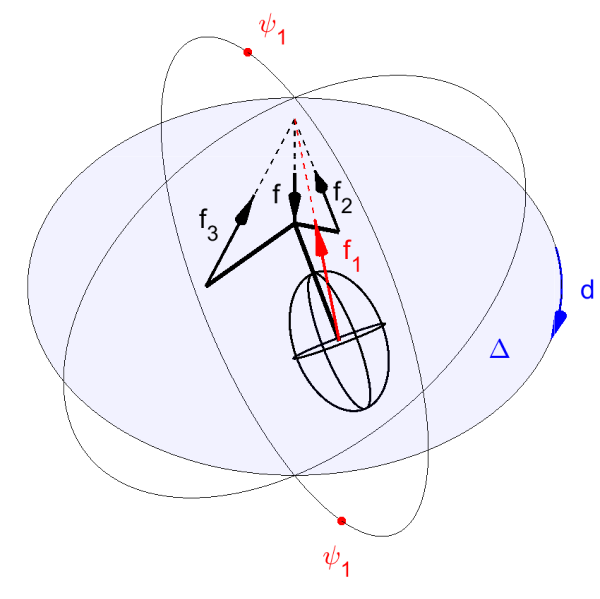
Projective geometry in classical mechanics
The analytic description of the lines of projective space can be identified with the description of forces and inifinetesimal rotations. Although this property was evident to Plücker (after whom the line-coordinates are named), engineering practice has not adopted this abstract approach. Later even the desire for the geometric interpretation became less pronounced in engineering descriptions, as graphic methods gave way to algebraic ones. One example is how Suter’s fixed-point method was replaced by the moment-distribution method of Cross, both sharing the same iterative idea.
Contemporary engineers rediscover graphic methods of old, with numerous approaches.
Given the widespread use of computers there are numerically motivated methods, but there are synthetic and analytical approaches too. This research is among the latter.
Using the property that “projective geometry is linear algebra in disguise” we look for geometric interpretations of known concepts of beam and plate-theory. With the proper description these will become inherently transformable, either in a typology-preserving was (rods to rods) or a typology altering way (rods to plates). The analytical approach also explains past geometric constructions and allows them to be explained in a dimension independent way.